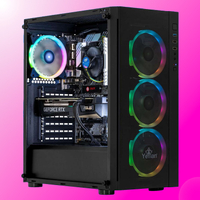Motherboards with hidden connectors are shaping up to be one of few fun concepts that make it mainstream
Us PC gamers might just be vain enough to make these tidy and clean motherboards a thing.

Someone's always trying to change how we build gaming PCs—bold new concepts are commonplace at CES—but very few ideas actually succeed in changing anything at all. Yet it really looks like one trend could stick around this year, and that's motherboards with all the connectors and cables hidden around the back.
Now, feel free to dredge this article back up in a year's time when motherboards with the connectors on the rear are nothing but a distant memory, but during my time seeing what's on offer at CES 2024, it seriously looks like these motherboards could make it mainstream.
If you're not familiar with the concept, there are two main families of motherboard mullet (party in the front, business in the back): MSI's Back-connect and Asus' BTF (Back-To-The-Future). One of which is a snappy name that might stand a chance of mainstream adoption. The other, uh…
Neither MSI or Asus concept is particularly new—both companies showed off these concepts back at Computex 2023. However, over at CES 2024 I started seeing a lot more of these motherboard concepts from PC builders, case manufacturers, and PC component companies.
Let's start with MSI. MSI has Back-connect boards and builds all over its CES 2024 booth. The three boards available out the gate are:
- B650M Project Zero | AM5 socket, Micro-ATX
- B760M Project Zero | LGA 1700, Micro-ATX
- Z790 Project Zero | LGA 1700, ATX
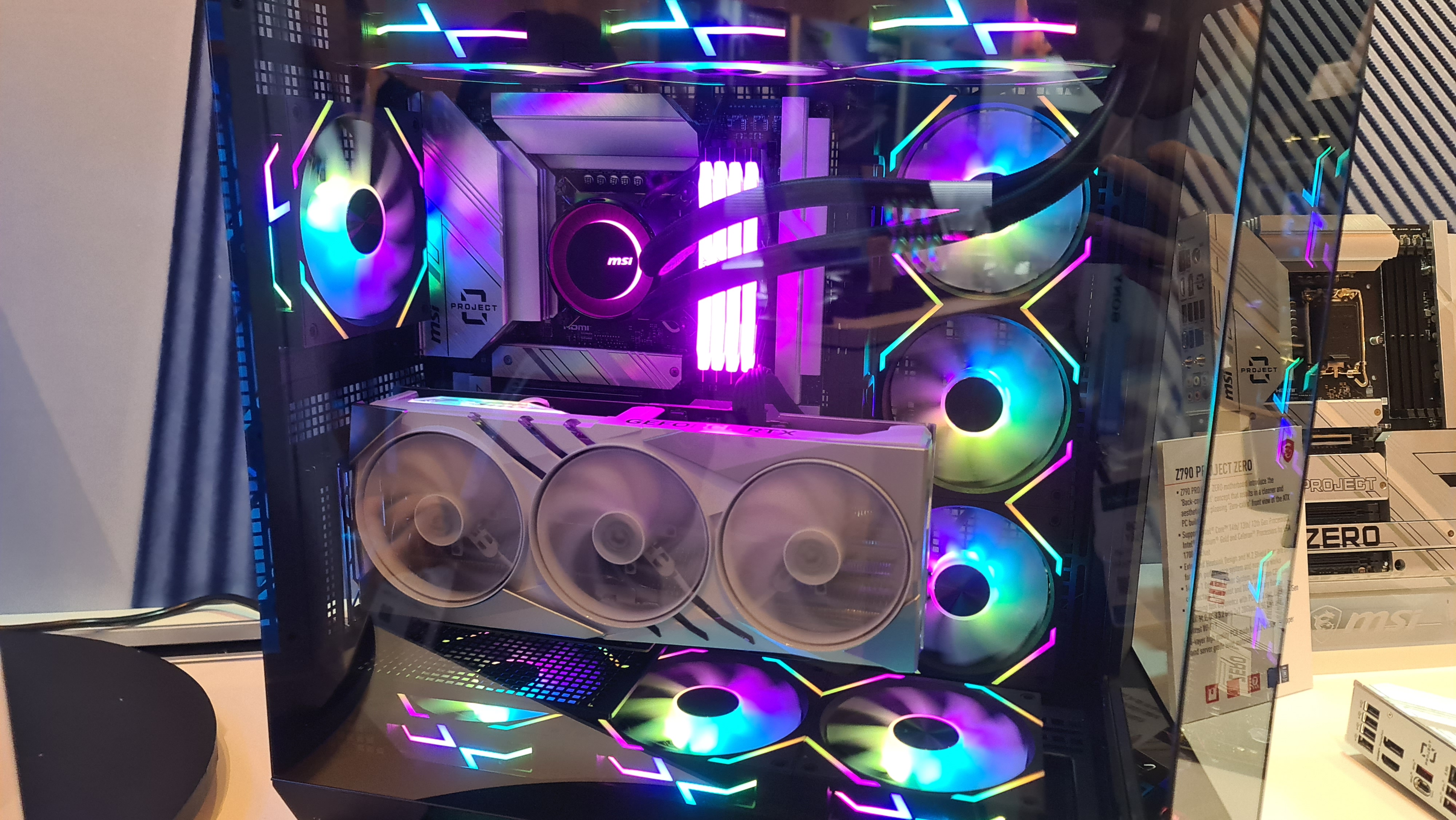
As for PC builds, MSI has a row of PCs all built with Back-connect boards. Two are of its own design, the Project Zero ATX Showcase, but it also has a couple builds from Maingear. Maingear is stuffing Project Zero boards with either an MSI or Phanteks compatible case.

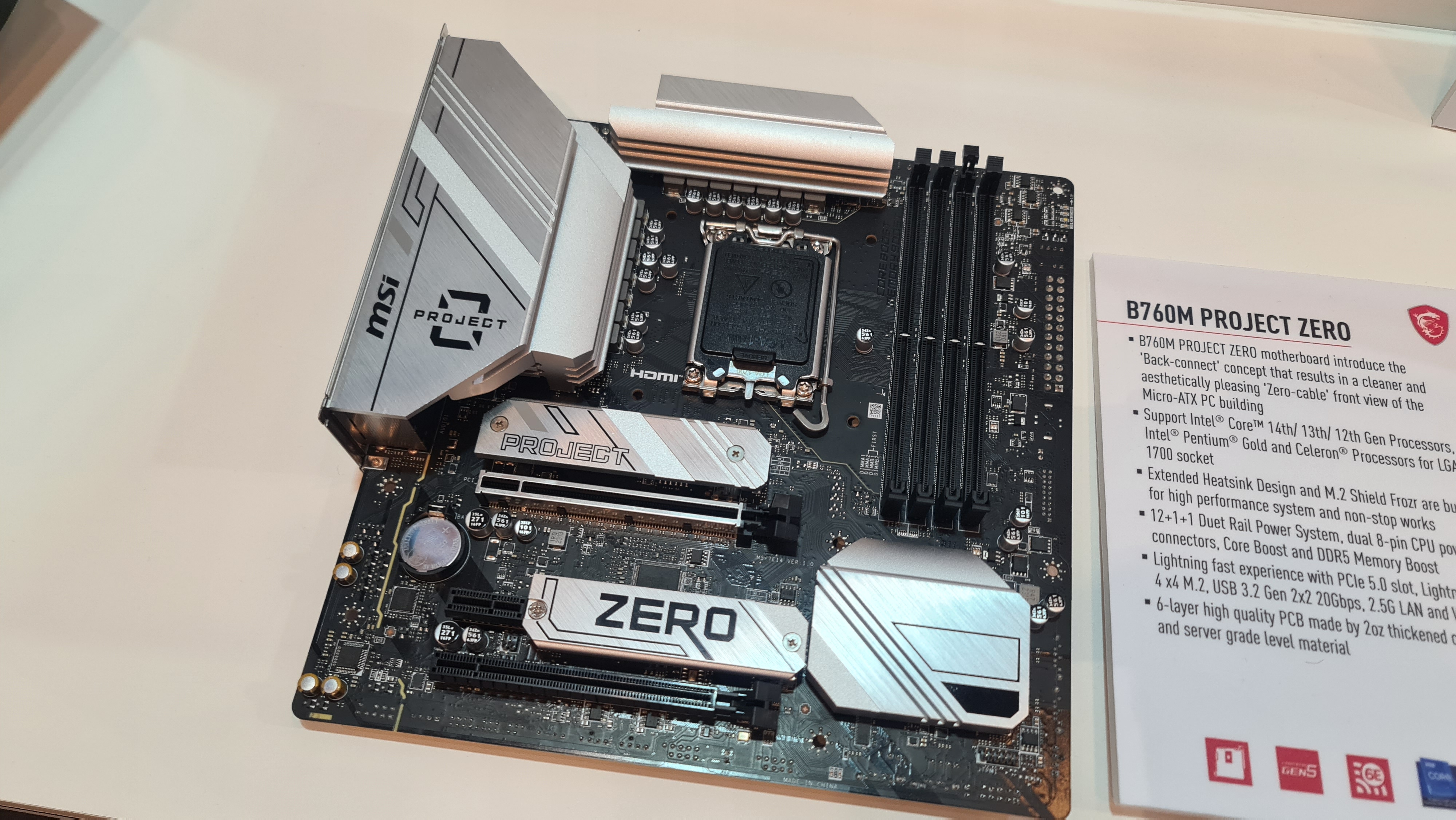
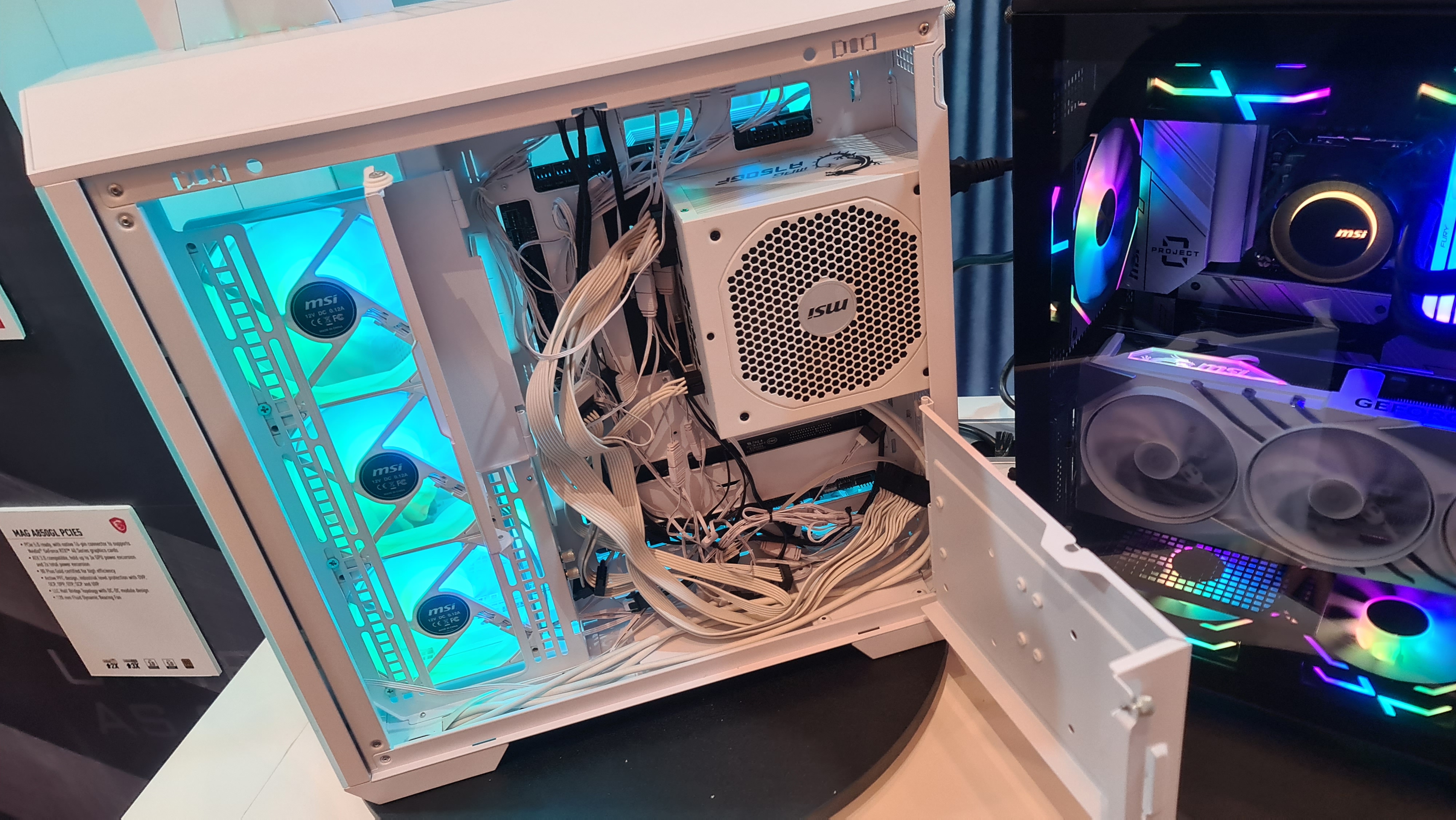
Asus also had BTF products over at its booth, though unlike MSI it also offers a solution for hiding GPU power cables entirely. Paired with a BTF motherboard, a BTF GPU, like the Strix one at the booth, can make for one entirely cable-free case—until you take off the back panel, anyways.
Keep up to date with the most important stories and the best deals, as picked by the PC Gamer team.
You'd expect MSI and Asus to make a big fuss about visibly cable-free motherboards. Yet heading over to Thermaltake's booth I also found various hidden connector motherboard machines, including a baby blue build to celebrate the company's 25th Anniversary that uses both BTF motherboard and graphics card.
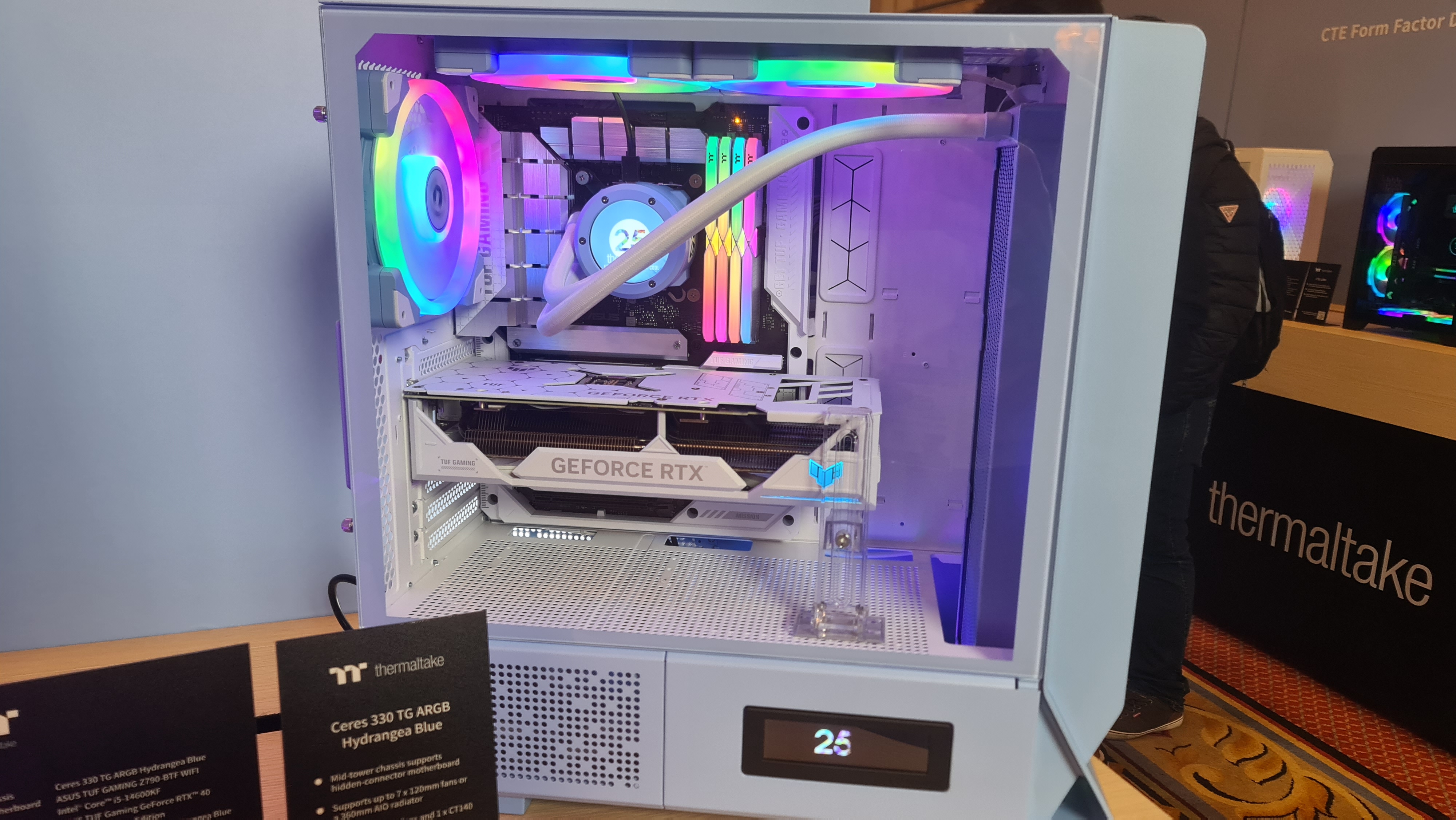
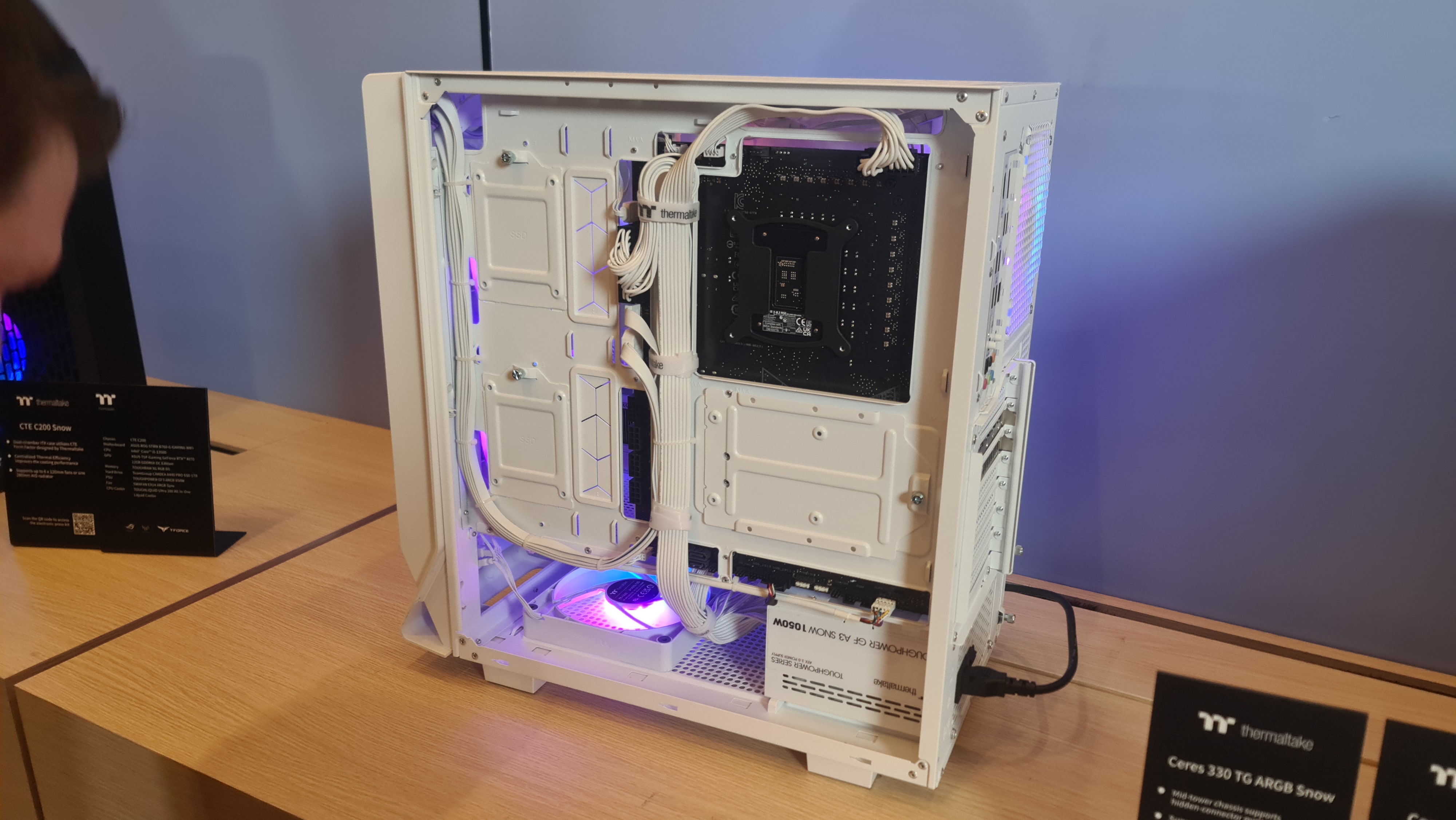
Thermaltake has designed entire cases to support these sorts of motherboards.
That's the thing: you can't use any case with hidden connector motherboards. Most won't have cutouts in the correct placements to run the cables through. Instead, case manufacturers have to explicitly support them, though it looks like they're more than happy to oblige.
Thermaltake's Ceres 330 TG case supports hidden connector motherboards. Admittedly it had other new cases that didn't offer hidden connector cutouts, but even one specialised case design feels like tacit admission that manufacturers are quite keen on the idea.
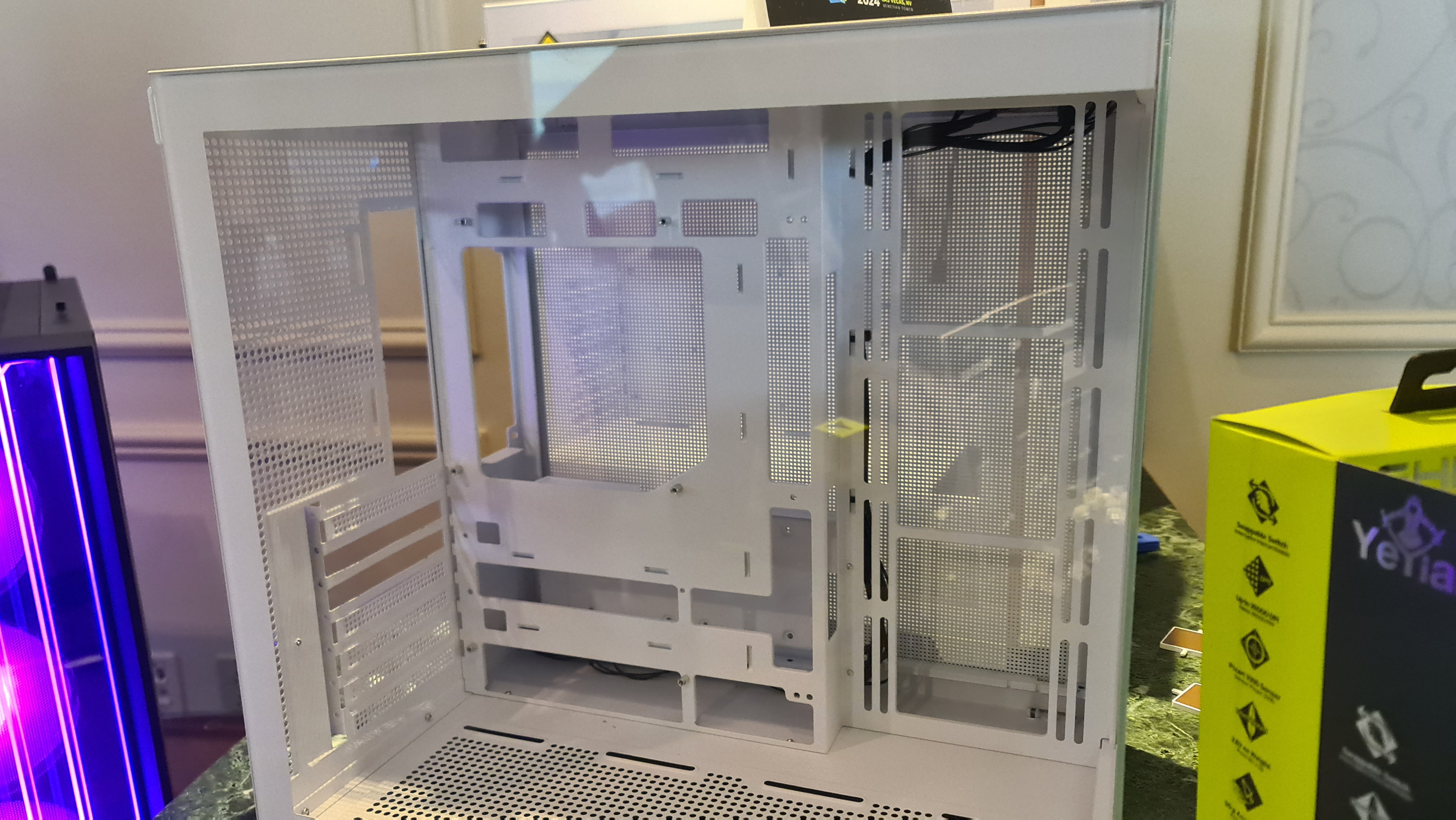
And if that's not enough, I was over at PC builder Yeyian's booth and spotted the PC manufacturer was planning a PC case that offered the cutouts necessary for hidden connector motherboards.
There was evidence all over CES 2024 that PC gaming manufacturers are onboard with the idea. Perhaps it's a touch of professional vanity—you can really make some beautiful showcase builds with these hidden connector boards. Though I can see these boards taking off with the general PC gamer. We're vain too, you know, and it seems this idea might actually have legs.
_____________________________________
PC Gamer's CES 2024 coverage is being published in association with Asus Republic of Gamers.
Best gaming PC: The top pre-built machines.
Best gaming laptop: Great devices for mobile gaming.

Jacob earned his first byline writing for his own tech blog. From there, he graduated to professionally breaking things as hardware writer at PCGamesN, and would go on to run the team as hardware editor. He joined PC Gamer's top staff as senior hardware editor before becoming managing editor of the hardware team, and you'll now find him reporting on the latest developments in the technology and gaming industries and testing the newest PC components.
